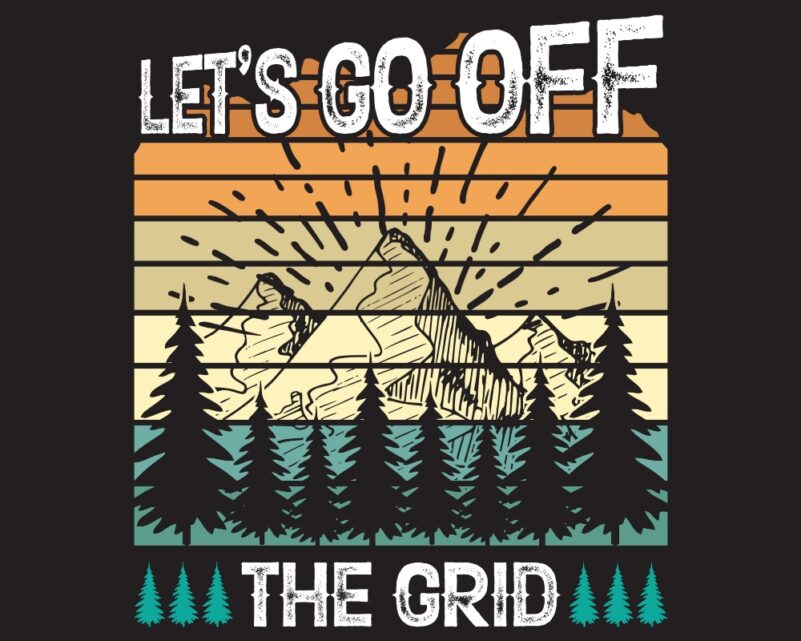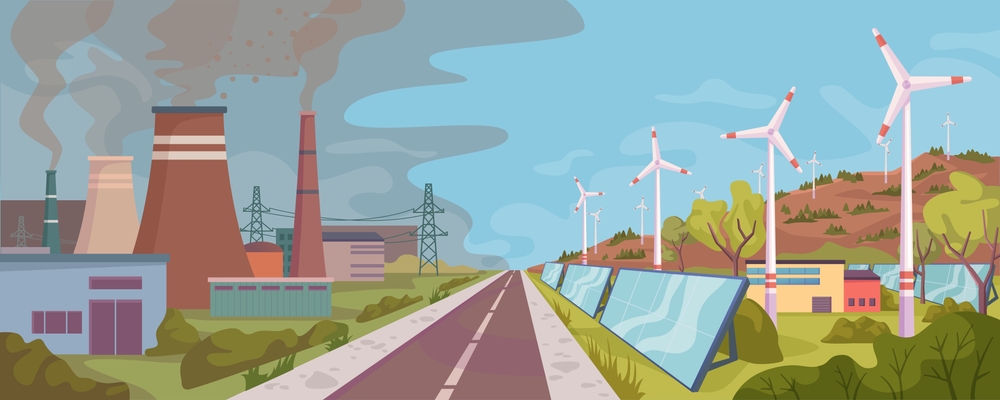
Could two summers be more different?
Summer 2022 brought historic federal backing to the US clean energy industry with the passage of the Inflation Reduction Act (IRA). Three years later, another budget reconciliation bill shreds much of that support.
President Trump signed his so-called Big Beautiful Bill into law on July 4.
It’s not all bad news, and the story may end differently than the bill’s crafters expect.
Energy storage incentives remain largely untouched. Another bright spot is the survival of the full R&D tax deduction, including retroactive tax relief for small businesses, according to the Clean Energy Business Network. The final bill also nixes an excise tax on solar proposed in a House version.
But the legislation guts tax incentives for energy efficiency, solar, wind and electric vehicles, leading to forecasts of slower growth for clean energy. Holland & Knight offers a detailed chart of how it changes clean energy incentives.
Electricity cost will rise even higher
A team led by Princeton University’s Jesse Jenkins forecasts an 820 terawatt-hour decrease in clean electricity generation in 2035 as a result of the bill. That’s more than the entire contribution of nuclear or coal to our electricity supply today.
So there is a big climate cost. The bill also causes significant economic damage. High electricity prices are apt to get higher. Households and businesses are expected to spend an additional $28 billion on energy in 2030 because of the legislation. Jenkins calculates that the figure will rise to $50 billion in 2035.
Good luck keeping clean, distributed energy down
How this policy whiplash affects distributed energy, generally, will play out in the coming months and years. Given the broad swath of technologies that encompass distributed energy — from energy efficiency to solar to natural gas generators – it’s not surprising that some distributed energy advocates are praising the bill, while others describe layoffs and bankruptcies ahead. There are clear winners and losers, at least for the short term.
The Solar Energy Manufacturers Association for America called the bill “outrageous and self-destructive” and said it will give China the upper hand in the solar panel market. Meanwhile, the Fuel Cell & Hydrogen Energy Association, whose members will benefit from a restored hydrogen production tax credit, praised the bill and said that “Congress has sent a clear signal that the United States is serious about competing in the global clean energy economy.”
Subscribe to the free Energy Changemakers Newsletter
Typically, the announcement of a sudden cut in tax incentives leads to a temporary surge in installations before the credit expires. We may therefore see a surge in residential solar activity for the remainder of 2025, followed by a slump. Solar installers are already marketing based on the 30% federal tax credit expiring at the end of this year.
The electric vehicle (EV) market is more complex and could be heavily influenced by the availability of models and how dealers handle pricing. Market analyst Loren McDonald says consumers who were planning to buy battery electric vehicles (BEVs) before the end of the year are likely to move more quickly to claim the $7,500 credit before it expires at the end of September.
But he expects the tax credit to eventually hold less sway over the market’s health.
Most people will forget about the tax credit and make purchase decisions around the belief that “for their household, a particular model is the best car/truck for their budget and needs. There are a bunch of compelling new BEVs coming to market in 2026 and 2027 that should negate the loss of the tax credit. But automakers and dealers still have to do a much better job educating and selling buyers on EVs,” McDonald said in a LinkedIn post.
Optimists expect the residential solar market to also recalibrate — eventually — once it figures out new pricing strategies. Where and when that happens may depend strongly on state policies.
It’s easy to forget that throughout most of its history, solar and other forms of distributed energy have battled uphill against entrenched utility-scale technologies. The Biden-era support was unprecedented. Distributed energy entered the mainstream with technological, financial and policy innovations as its calling card. So, expect to see new business models arise that are not dependent on tax incentives.
What Congress inadvertently unleashed

Market changes will arise – or continue – that the crafters of the Big Beautiful Bill likely didn’t anticipate, but are inadvertently accelerating.
If energy costs rise as Jenkins predicts, expect to see more electricity customers opt for full or partial off-grid options. Off-gridders were once oddballs found on a mountain top. Today, they are businesses, apartment buildings and households in urban areas.
We recently analyzed readership on Energy Changemakers for the past 12 months and found that three of the top five most-read articles focused on off-grid projects or trends. So the concept is gaining momentum.
- Five US States Now Ripe for Grid Defection: Study
- Goodbye to Solar Plus Storage. Hello to Solar-led Electrification
- Going Off-Grid to Tackle Big Problems in Energy and Real Estate
However, off-gridders remain rare, and the trend is still in its infancy. Data centers could make off-gridding more common as these energy-hungry Godzillas contemplate generating power independently to avoid waiting years to interconnect with the utility grid. In fact, developers are creating business strategies centered on the off-grid data center model.
At the same time, price pressures are likely to increase interest in grid-connected microgrids because they can leverage the utility grid to drive down their energy costs. Again, new business models are emerging around this strategy.
(The Big Beautiful Bill’s crafter did not intend this, or at least if they did, they’ve done a good job at keeping it a secret. I could not find the terms “distributed energy” or “microgrid” anywhere in the bill’s 1,000 pages. If I missed something, let me know!)
Pressure on conventional utility models
The looming electricity price pressures follow two other significant trends. Power demand is increasing, and consumers are becoming more interested in local energy (a term we use interchangeably with distributed energy). As a result, we’re also likely to see:
- Innovations in conventional utility models that open the way for more distributed energy. Watch two emerging and very different models: the distributed capacity procurement approach that Xcel Energy is testing, and the development of a distributed energy utility (called a sustainability energy utility) in Ann Arbor, Michigan.
- Increased use of grid-edge demand flexibility to drive efficiencies that lower energy costs and reduce emissions
- More attention to reducing distributed energy project soft costs to compensate for the loss of federal tax incentives. These are costs related to permitting, interconnection and finance, which make up as much as 60% of project costs.
So, yes, the bill will cause disruption, chaos and likely damage a sizeable number of clean energy businesses in the short term. There is no sugar-coating its immediate harm. However, the legislation could also hasten grid decentralization and potentially even grid defection, making distributed energy a bigger piece of the US energy pie.

